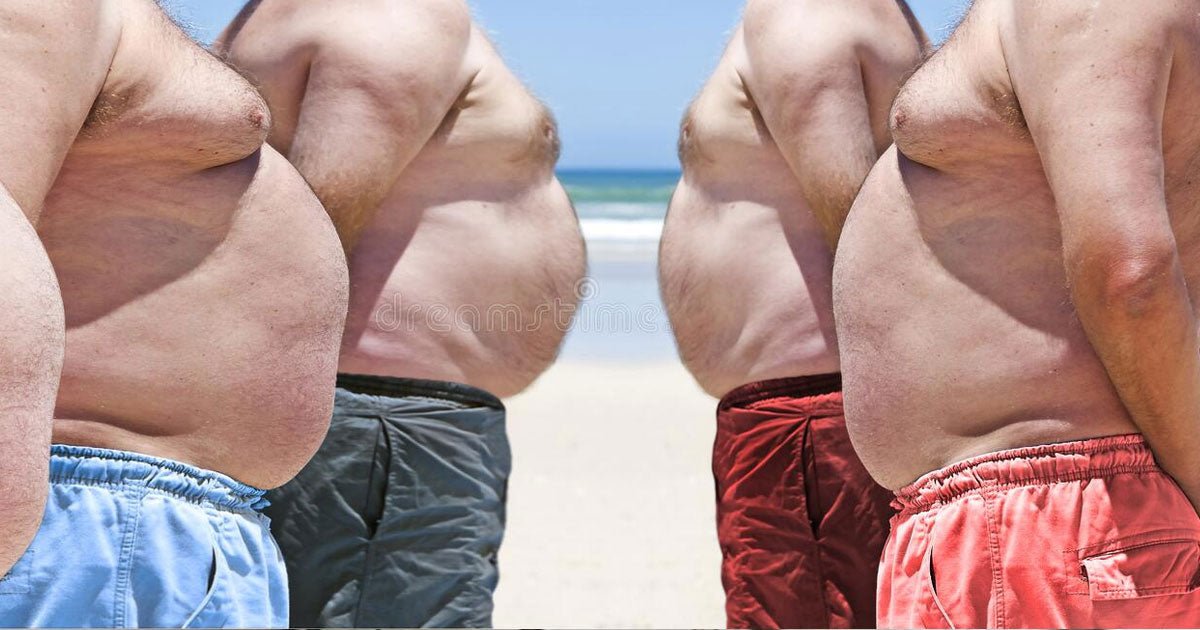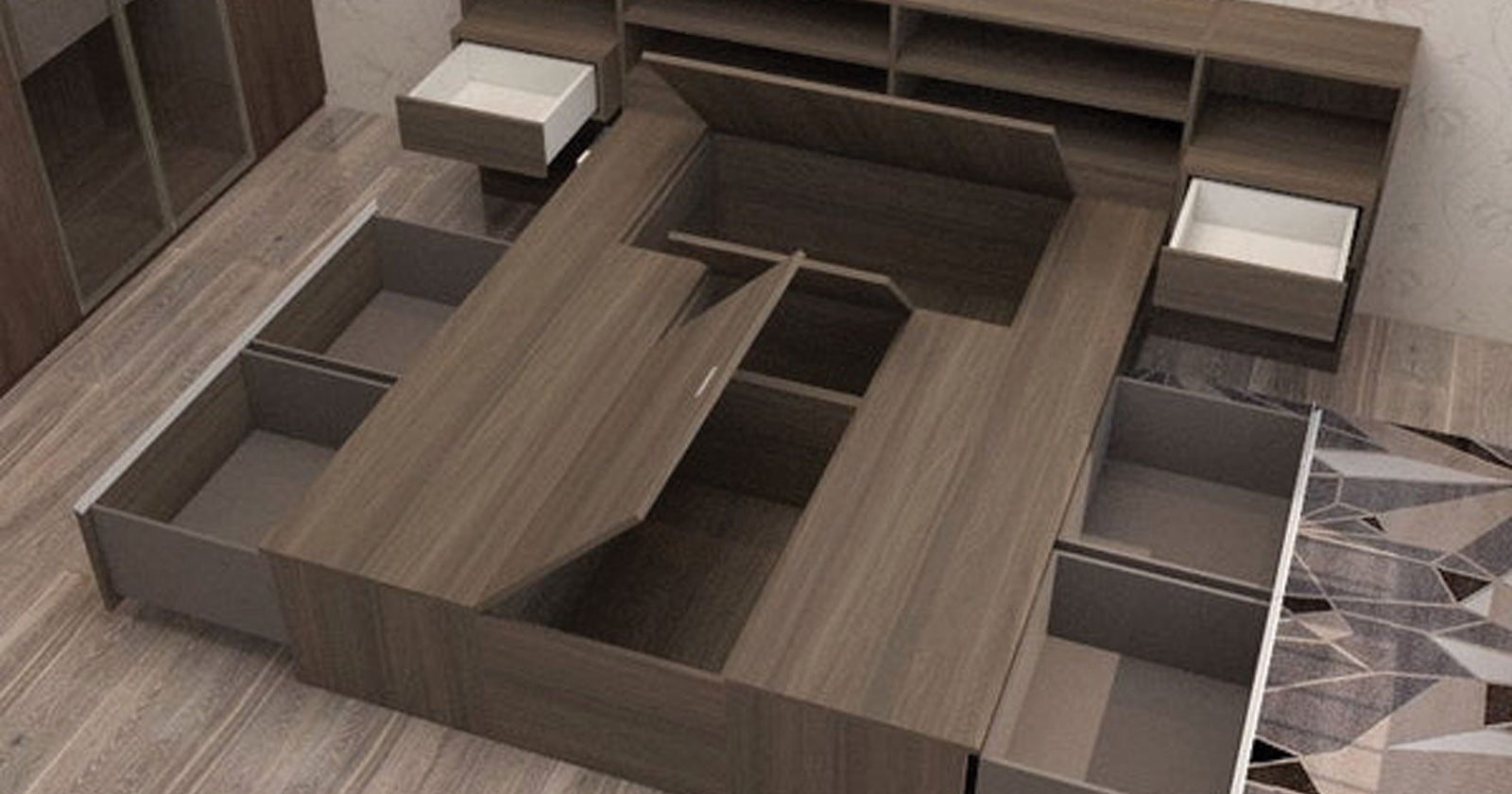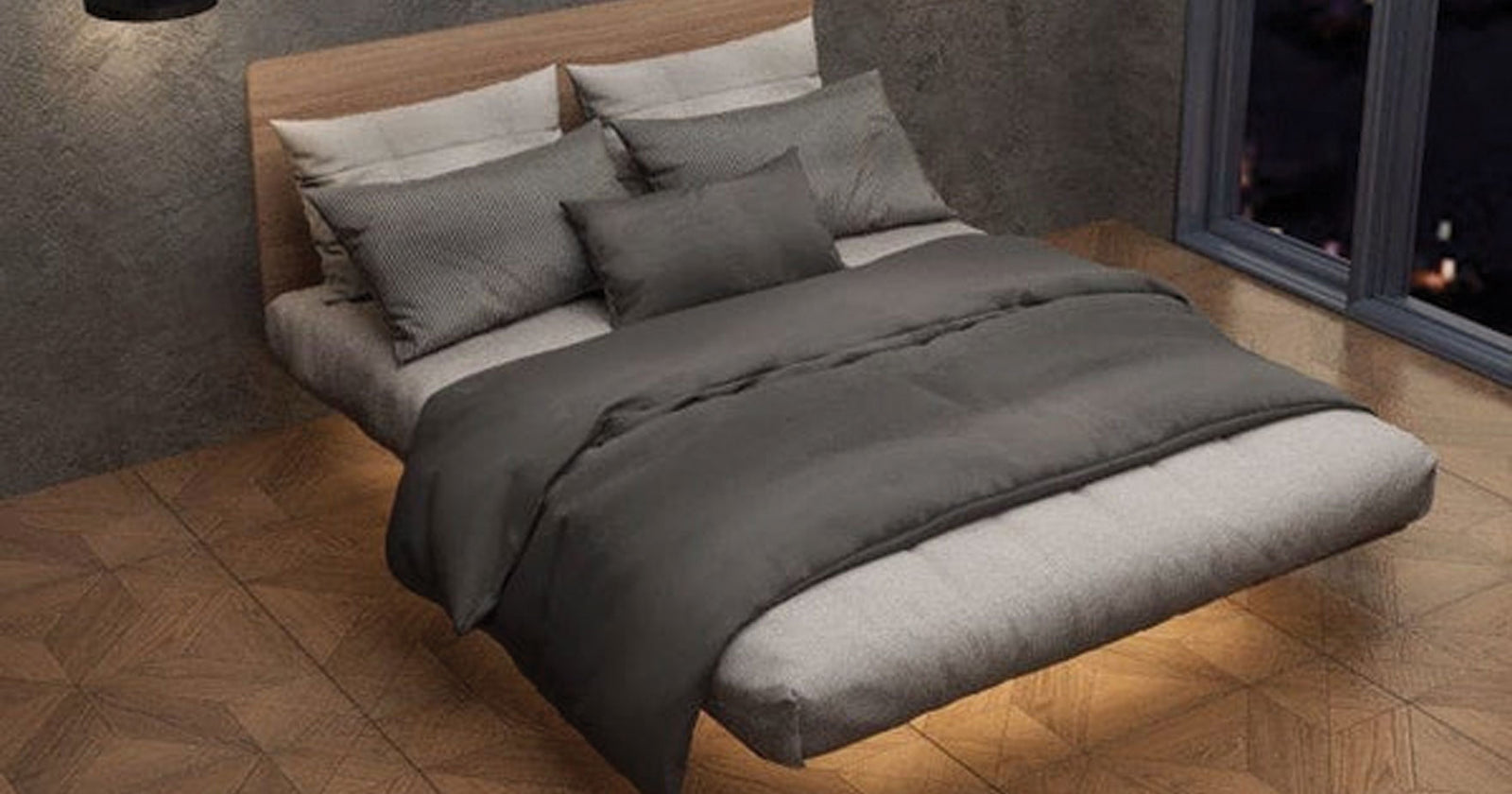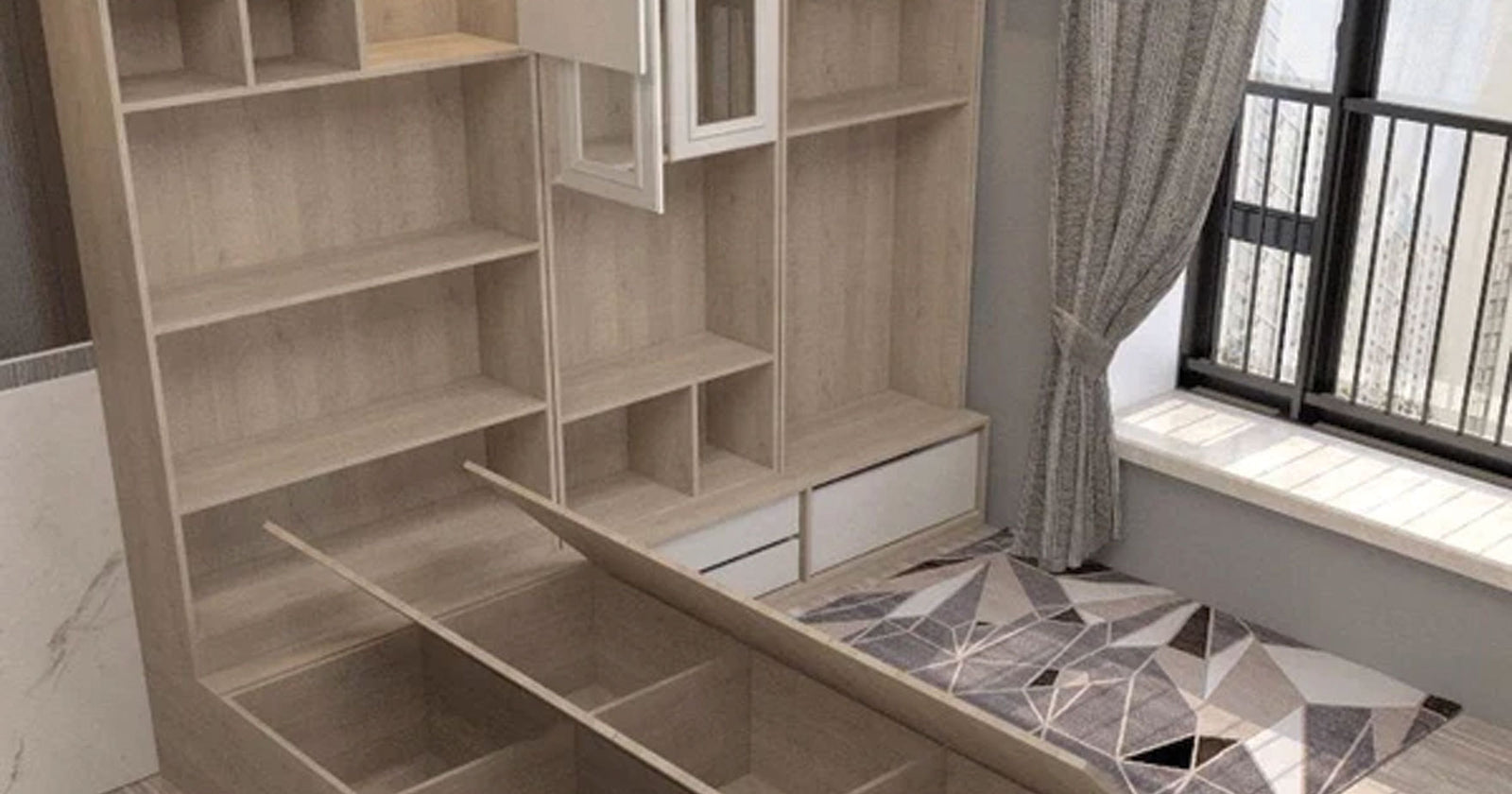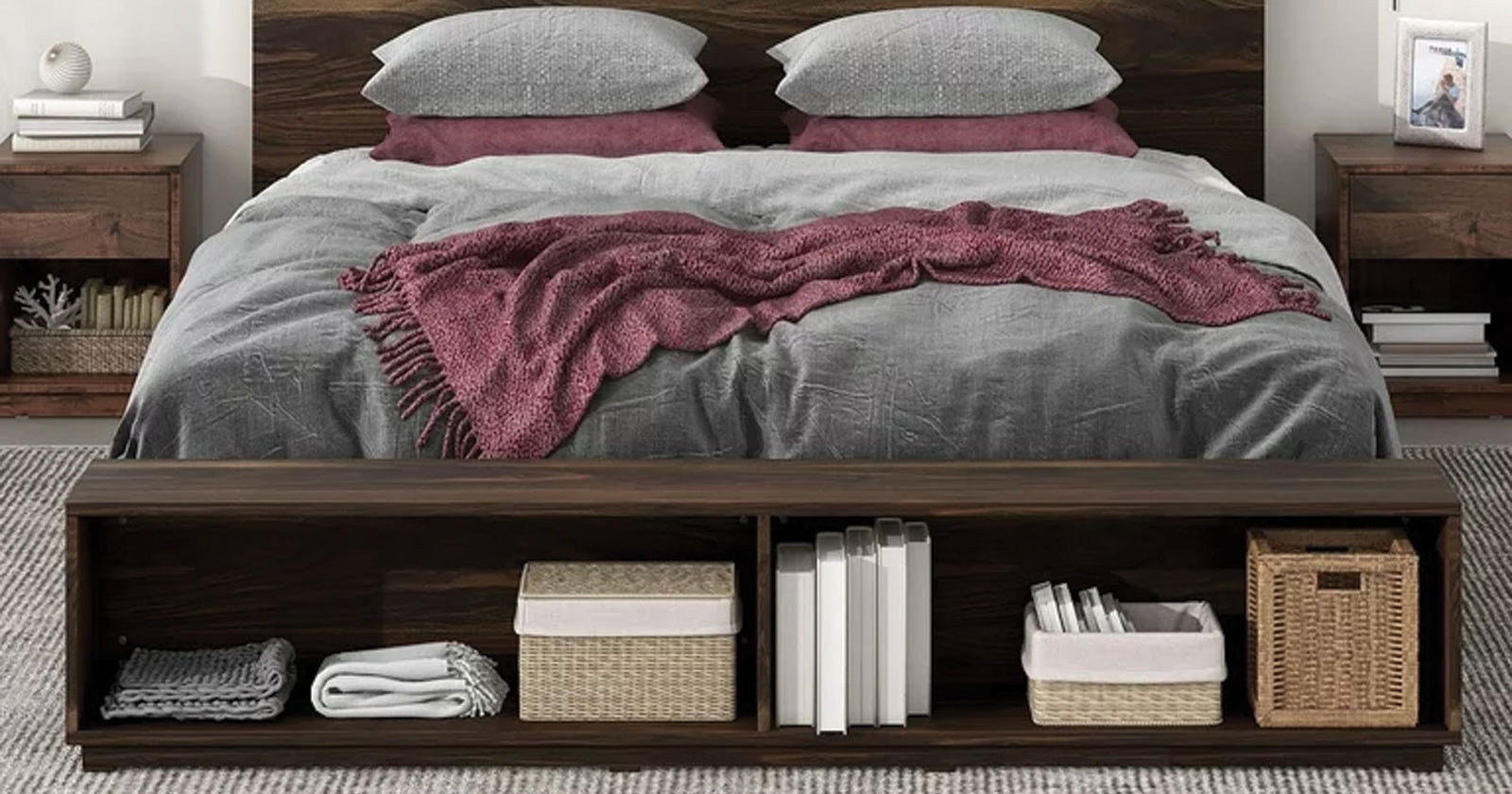When shopping for a new mattress, there can be a lot of factors to consider. It might seem to complicate things, but your weight shouldn’t be one of them. In many cases, the best mattresses for heavy people tend to have some of the attributes of a good mattress for thinner people as well. However, there are many different functionality and design needs that a mattress should have in order to provide an optimal sleeping experience for heavier, overweight, and larger than average sleepers.
Whether you’re shopping online or in-store, there are a few factors that are critically important for overweight or large sleepers. As you’re beginning your research and shopping experience you’ll want to make sure to consider all of the following factors. These factors and attributes are of critical importance.
Definition Of Heavy
An important note – “heavy”, “‘large”, and “overweight” are a bit general as terms. For the purpose of this guide all three of these terms will mean sleepers above 90kg. Not every sleeper over 90kg is overweight, by the same token, just because you’re 70kg doesn’t mean you’re not overweight. That said, to help keep things as simple as possible we’ll consider heavy people as anything above 90kg. All mattresses discussed below can support up to at least 135kg, with several capable of supporting 150-200kg.
Mattress Thickness
This could seem obvious, but mattress thickness is a topic that many people may overlook. For sleepers under 200 pounds, a 10” (25cm) mattress is usually sufficient. For heavier sleepers, you’ll want to look for a mattress that is at least 12” (30cm) thick or thicker. What you’re really looking for in these thicker mattresses is deep compression support. Heavier sleepers (whether you’re overweight or simply larger) create a larger amount of pressure on the mattress. Many thinner mattresses fall short in providing the support you may need.
Some 10″ mattresses that utilize advanced foams, an extra thick comfort layer, or other design specs that improve deep compression support can allow them to function well for heavier sleepers as well (depending on your firmness preferences and sleeping position). However, as a general rule it’s best to find a mattress with a thicker profile. These will more likely be able to offer consistent support and deep compression support. Deep compression support and the need for a thicker profile mattress only becomes more and more of an issue the heavier you are.
Firmness
The firmness level of your new mattress should be determined by what type of sleeper you are. Most heavier sleepers tend to require and prefer a mattress on the medium to medium firm side (around a 4-7 on the firmness scale).
When considering the right firmness for you the most important factor to address is your weight with respect to the firmness and feel. The heavier you are the deeper and more pronounced the sinkage and hug you’re going to experience. Many sleepers associate increased sinkage with increased softness. For example, a mattress that is normally rated at an 8 out of 10 on the firmness scale might feel more like a 7 out of 10 for a sleeper that’s 250 pounds or more.
As a general rule, if you’re over 110kg you’ll experience 1-2″ of additional sinkage(varies by mattress and body type).
Edge Support
To ensure the best mattress for heavier, larger, and/or overweight people, be sure to consider the edge support as well. Mattresses are mostly used for sleeping at night, but your bed can play a lot of roles during the day. If you frequently find yourself sitting on the edge of your bed throughout the day, edge support will be that much more important. Edge support can also be important for amorous activities.
Lastly, in addition to simply sitting on the edge of the mattress, a mattress with strong and stable edges will help to prevent any significant sagging or collapse when sleeping near the edge of the mattress.
Feature: Inkagu Shin Air II Mattress
In general, mattresses built from springs, coil-on-coil construction, or hybrid designs (utilizing springs + foam) will offer the best edge support. Most foam mattresses tend to struggle with edge support, especially with heavier sleepers. This is simply a byproduct of the foam design. This is less of an issue for thicker foam mattresses, but still something to keep in mind.
Sleeping Hot
A common complaint from heavy people is the nightly reality of “sleeping hot.” This term is used for mattresses that do not ventilate or breathe well throughout the night. Add two warm bodies, sheets, a comforter, pets, kids – well, you see how this can get uncomfortable quickly. For heavier sleepers, there is more mass, hence more heat is generated. Without a mattress that breathes, you may find yourself waking up in the middle of the night and quickly throwing off all the covers.
Foam mattress tend to sleep warmer than spring / hybrid mattresses. However, many advanced foam mattresses have largely solved the problems with heat retention. I would recommend avoiding inexpensive memory foam mattresses and more traditional / basic memory foams. These types of foam mattresses are more likely to be the type of basic memory foam that absorbs and retains heat.
Innerspring and hybrid mattresses don’t absorb heat as much and inherently help to keep the mattress cool. Additionally, foams like latex, Avena, advanced open cell memory foam, or mattresses that utilize gel or other cooling layers (do your research on the gel though, many gels don’t do what they claim) will improve cooling.
Mattress Types
As with any shopper looking for a new mattress, there are many choices in what type of mattress to choose. To give an overview of your options, the most popular mattresses on the market are memory foam, latex, innerspring, or hybrids (utilizes a combination of materials).
Memory Foam
Memory foam mattresses are great options for larger and heavy people. These mattresses can be super soft or very firm, depending on the make and material content. Foam mattresses are supportive and are known to relieve pressure points by providing even, consistent support that contours to your body, no matter what position you sleep in. With memory foam, be aware of breathability. Search for brands that outwardly address how they solve the “sleeping hot” issue so you know you will be comfortable throughout the night.
Look specifically for memory foam mattresses with an open cell structure, gel / other cooling layers, and/or a cover that uses a cooling material or textile.
Latex
For larger and heavier people, a latex mattress can be good option. Latex offers great comfort and good cooling (it does not absorb heat the same way most memory foams do). Additionally, it tends to offer better bounce than memory or other poly foams (not at the same level as spring mattresses, but not bad). Additionally, latex tends to have less of a pronounced contouring hug than memory foam. The hug on latex foam is more of a rounded contour vs. the sharp contour of memory foam. If you prefer a more balanced sinkage / hugging contour support latex is a great compromise.
Innerspring
Innerspring mattresses can be both very good or very bad for obese people. Lower quality innerspring mattresses can create pressure points or inconsistent support due to the nature of their construction. If you do elect to go with an innerspring try to look for coil-on-coil construction. This type of mattress uses two layers of springs which improves the feel, support, deep compression, and overall build quality of the mattress.
Innerspring mattresses do typically offer better edge support than foam mattress. If you sleep very close to the edge or otherwise use the edge of your mattress a great deal this can be a big pro.
Hybrid
Hybrid mattresses can utilize both coils and/or layers of foam. These types of mattresses have many of the same benefits that innerspring mattresses have, including: better cooling due to improved airflow from the coils, better edge support, more bounce, and better deep compression support. Hybrids generally use layers of memory, latex, or other foam. The result is a mattress that is designed to minimize some of the negatives of foam and coil mattresses, while emphasizing their pros.
Our ShinJu Air II mattress is designed for heavier people in mind.
Recommended Links
- Learn more about Inkagu mattresses.
- Inkagu Mattress Collection.
- Top 10 Things That Can Stain Your Mattress.
- Top 10 Best Mattress Features For Better Sleep.
- To keep in touch with us about the latest deals follow us on Facebook.

